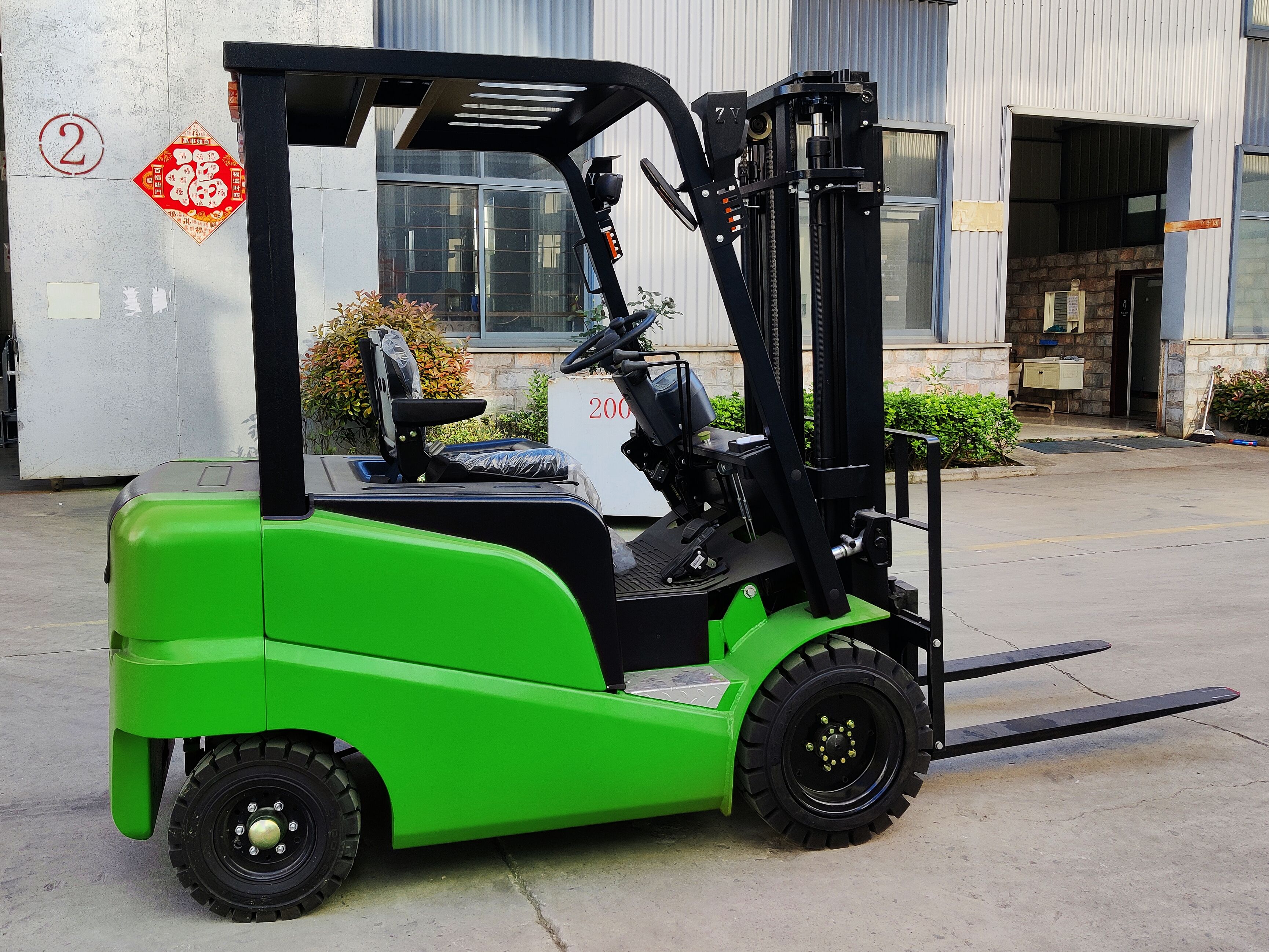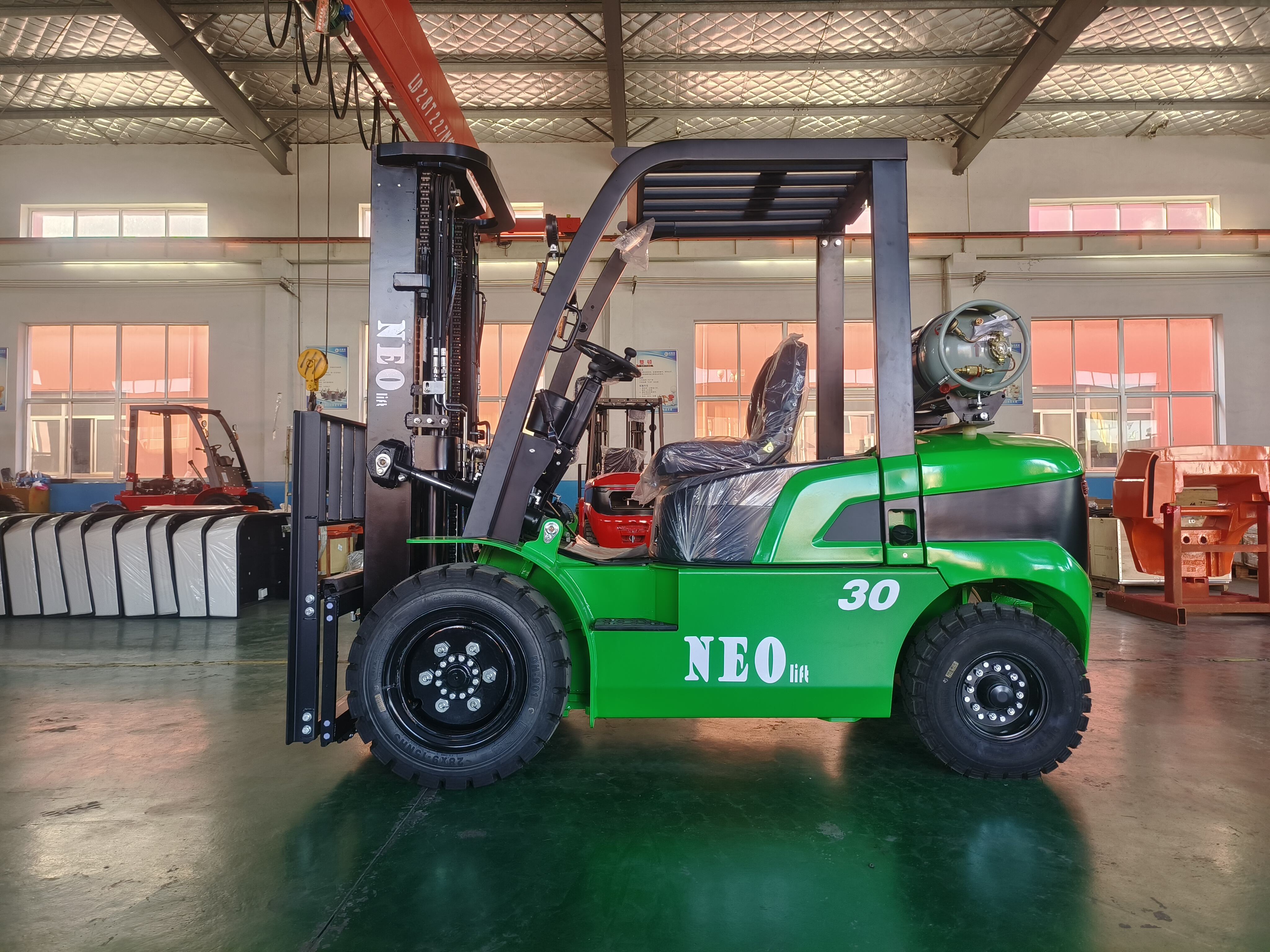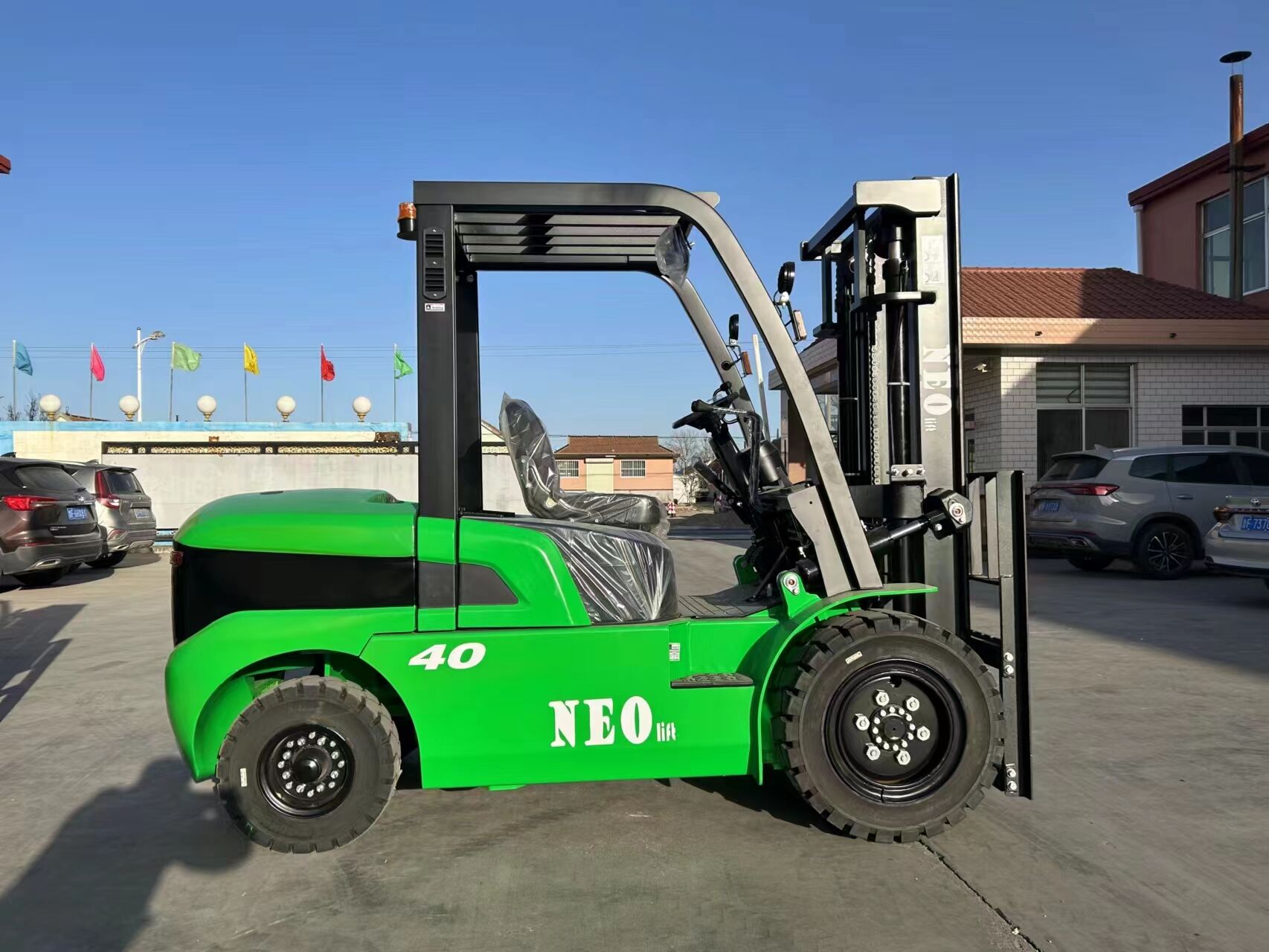What is the development prospect of forklifts?
Forklifts play a very important role in the logistics system of enterprises. With the advancement of science and technology and the development of market economy, the status and role of logistics equipment in economic development has become more and more obvious. The popularity of forklifts is getting higher and higher. Forklifts Competition among manufacturing industries has become increasingly fierce. Enterprises can only continue to carry out technological innovation and exploration, introduce new products to the market in a timely manner, accept the test of the market, and continuously make improvements.

Forklifts develop rapidly in the 20th and 21st centuries
Forklifts refer to various wheeled transport vehicles that are used for loading, unloading, stacking and short-distance transportation of palletized goods. From the perspective of the development of the global forklift manufacturing industry, it is mainly divided into three stages:
1. Production innovation stage (early and mid-20th century): In 1924, Clark of the United States designed a standard forklift named Duat. Subsequently, companies such as Hyster, Rudolf, Yale and Crown successively invented and produced electric forklifts, straddle forklifts, and BT forklifts. With different forklift types, the range of forklift products has expanded rapidly.
2. Rapid development stage (mid-to-late 20th century): During World War II, forklifts greatly improved the loading and unloading efficiency of the airport compared with manual loading and unloading, so they were widely used in the war. After the end of World War II, with the rapid development of the world's automobile industry, Youche's technology and sales have developed rapidly, and three major forklift production bases have gradually formed in the United States, Germany and Japan.
3. Manufacturing transfer stage (late 20th century to early 21st century): Manufacturing industry transferred to developing countries, and the global forklift manufacturing industry began to transfer to developing countries such as China. China’s forklift manufacturing industry rose rapidly and began to seize the international market. market.

Global demand for forklifts grows
Forklift products are one of the important supporting infrastructure for industrial development and are widely used in various national economic sectors such as ports, stations, airports, freight yards, factory workshops, warehouses, circulation centers and distribution centers. According to statistics from the World Industrial Vehicle Statistics Alliance WITS, global forklift sales showed an overall growth trend from 2011 to 2020. In 2020, a total of 1.5826 million forklifts were sold globally, a year-on-year increase of 5.98%.
In terms of market size, here we look at the forklift sales announced by WITS, the World Industrial Vehicle Statistics Alliance, and the average forklift prices of Chinese and foreign companies counted by Bloomberg. The average price in Europe and the United States is 130,000 yuan per unit, and 6.5 yuan per unit in other regions such as Asia and Africa. Based on the average price benchmark of RMB 10,000, it is estimated that the global forklift market size in 2020 will be approximately RMB 151.1 billion, a year-on-year increase of 1.2%.
Internal combustion counterbalanced heavy-duty forklifts account for the highest demand
Judging from the market segmentation product structure of the global forklift manufacturing industry in 2020, internal combustion counterbalanced heavy-duty forklifts accounted for the largest sales volume in 2020, approximately 36.04%; followed by electric walking storage forklifts (except low-level electric walking pallet trucks) and electric counterbalanced ride-on forklifts, accounting for 27.68% and 14.98% respectively.

The development of downstream industries will drive strong global demand for forklifts
The global forklift market is currently experiencing strong growth and is being widely used in warehouses, factories and shipyards across various industries, including automotive, aerospace, transportation, retail, manufacturing and construction. The growth of the construction industry along with rapid industrialization is one of the key factors driving the growth of the forklift market. Forklifts are very economical, powerful and easy to maintain. Therefore, they are widely used to perform various industrial tasks and handle heavy construction materials such as timber, steel and mortar. Additionally, increasing number of warehouse facilities in emerging economies is also driving market growth. In the future, according to growth rate estimates, global forklift demand is expected to continue to grow. Based on previous years' growth rates, the global forklift market is expected to grow to 2.12 million units by 2026.

 EN
EN
 AR
AR
 BG
BG
 CS
CS
 DA
DA
 NL
NL
 FI
FI
 FR
FR
 DE
DE
 EL
EL
 HI
HI
 IT
IT
 JA
JA
 KO
KO
 NO
NO
 PL
PL
 PT
PT
 RO
RO
 RU
RU
 ES
ES
 SV
SV
 IW
IW
 ID
ID
 LV
LV
 LT
LT
 SR
SR
 SK
SK
 SL
SL
 UK
UK
 VI
VI
 SQ
SQ
 ET
ET
 HU
HU
 TH
TH
 TR
TR
 FA
FA
 MS
MS
 HY
HY
 AZ
AZ
 KA
KA
 UZ
UZ
